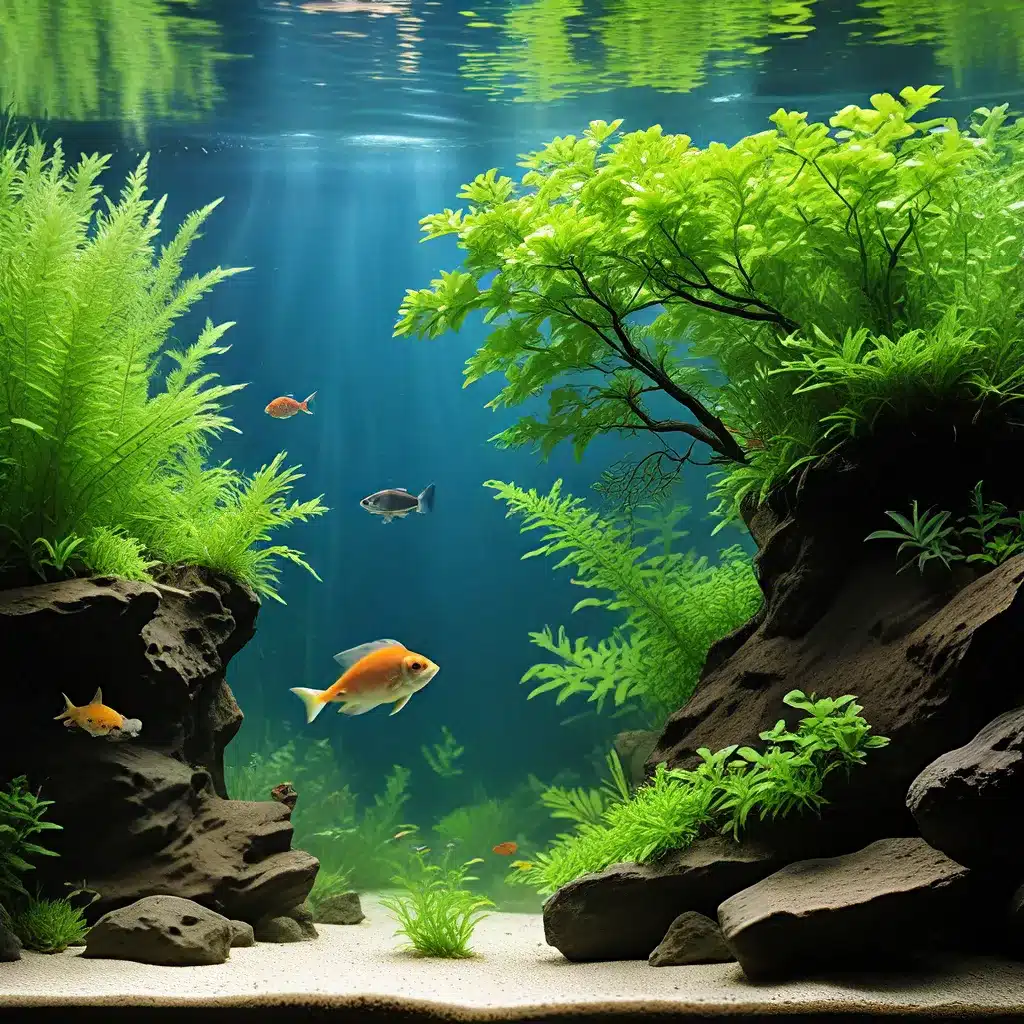
As aquarium enthusiasts, we have a responsibility to ensure our hobby aligns with sustainable practices. The health of our aquatic ecosystems, both in our home tanks and in the natural world, depends on our commitment to eco-friendly aquarium management. One critical area we can address is the implementation of renewable energy sources to power our aquarium setups.
The Importance of Renewable Energy in Aquarium Keeping
Aquarium keeping, while immensely rewarding, can have a significant environmental impact. From the energy-hungry equipment required to maintain water conditions to the resources needed to produce food and supplies, the carbon footprint of an aquarium can quickly add up. By embracing renewable energy sources, we can minimize our aquarium’s environmental impact and contribute to the broader movement towards sustainability.
Understanding the Aquarium’s Energy Demands
The typical aquarium setup requires a range of energy-intensive equipment, including filtration systems, lighting, heating, and circulation pumps. These components are essential for maintaining water quality, recreating natural environments, and supporting the health of our aquatic residents. However, the cumulative energy consumption of these devices can be substantial, especially for larger aquariums or those with advanced features.
Exploring Renewable Energy Options for Aquariums
Fortunately, there are several renewable energy sources that can be seamlessly integrated into aquarium systems, allowing us to reduce our reliance on traditional, non-renewable power sources. Some of the most promising options include:
-
Solar Power: Installing solar panels to harness the sun’s energy and power your aquarium’s electrical components is a highly effective and sustainable solution. Solar panels can be mounted on the aquarium’s canopy or in a nearby location to generate clean, renewable electricity.
-
Wind Power: In areas with consistent wind patterns, small-scale wind turbines can be used to generate power for aquarium operations. This option may be particularly well-suited for outdoor or roof-top aquarium setups.
-
Hydropower: For aquarists with access to a reliable water source, such as a stream or river, small-scale hydroelectric generators can be integrated into the aquarium’s water circulation system to produce renewable electricity.
-
Hybrid Systems: Combining multiple renewable energy sources, such as solar and wind power, can create a robust and resilient system that ensures your aquarium’s energy needs are met, even during periods of fluctuating environmental conditions.
Implementing Renewable Energy in Your Aquarium
Transitioning your aquarium to a renewable energy-powered setup may seem daunting, but with the right planning and guidance, it can be a seamless and rewarding process. Here are some steps to consider:
Assess Your Aquarium’s Energy Needs
Begin by evaluating the energy consumption of your current aquarium setup. Identify the wattage and runtime of each piece of equipment, such as your filtration system, lighting, and heating. This information will help you determine the appropriate renewable energy system to meet your aquarium’s power requirements.
Research and Select the Right Renewable Energy Solution
Carefully research the renewable energy options available in your area, taking into account factors such as climate, available space, and budget. Consult with renewable energy experts or aquarium-specific suppliers to ensure you choose a system that is compatible with your aquarium’s needs and can reliably meet your power demands.
Integrate the Renewable Energy System
Once you’ve selected the appropriate renewable energy solution, work with a qualified installer to integrate the system into your aquarium setup. Proper integration is crucial to ensure the renewable energy source seamlessly powers your aquarium equipment without disrupting the delicate balance of your aquatic ecosystem.
Monitor and Optimize Performance
Regularly monitor the performance of your renewable energy-powered aquarium to ensure it continues to meet your needs. Look for opportunities to optimize energy usage, such as upgrading to more efficient equipment or adjusting lighting schedules. Engage with the aquarium community to learn about best practices and share your experiences.
Embracing the Future of Sustainable Aquarium Keeping
By implementing renewable energy sources in our aquarium setups, we can not only reduce our environmental impact but also inspire others within the aquarium community to adopt more eco-friendly practices. As stewards of these delicate aquatic environments, it is our responsibility to lead by example and demonstrate that sustainable aquarium keeping is not only possible but essential for the long-term health of our hobby and the planet.
Explore the vast array of renewable energy options available and take the first step towards transforming your aquarium into a sustainable, eco-friendly showcase. Together, we can redefine the future of aquarium keeping and contribute to a more sustainable future for our aquatic companions and the natural world they represent.

